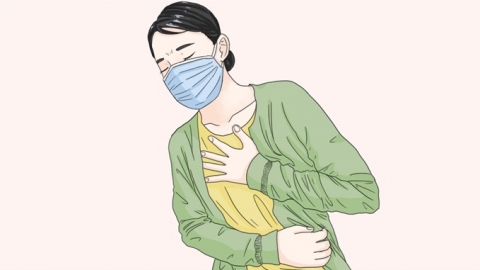What are the transmission routes of tuberculosis?
Generally, tuberculosis (TB), a respiratory infectious disease caused by *Mycobacterium tuberculosis*, is primarily transmitted through droplets, close contact, airborne transmission, indirect transmission via contaminated objects, and mother-to-child transmission. A detailed analysis is as follows:

1. Droplet transmission: This is the main route of TB transmission. When patients with active pulmonary tuberculosis cough, expectorate, sneeze, or speak, they release droplets containing *Mycobacterium tuberculosis*. If healthy individuals inhale these droplets, the bacteria may colonize in their lungs and cause infection.
2. Close contact transmission: Prolonged close contact with individuals who have active TB—such as living together, sharing meals, or using personal items—increases the risk of infection. Droplets expelled during coughing or expectoration can adhere to surfaces of clothing, tableware, and other objects.
3. Airborne transmission: Tiny droplet nuclei containing *Mycobacterium tuberculosis* can remain suspended in the air for extended periods after being expelled, and may even spread via air currents. Healthy individuals can become infected by inhaling air containing these infectious droplet nuclei, even without direct contact with the patient.
4. Indirect transmission via contaminated objects: Sputum from patients with active TB contains large numbers of *Mycobacterium tuberculosis*. If sputum contaminates surfaces such as floors, walls, books, or toys, the bacteria can survive in dry environments for some time.
5. Mother-to-child transmission: Pregnant women with active TB may transmit *Mycobacterium tuberculosis* to the fetus through the placenta, or the newborn may become infected during delivery by coming into contact with the mother’s sputum or respiratory droplets.
To prevent tuberculosis, it is important to maintain good personal hygiene, frequently wash hands, wear masks, avoid crowded and poorly ventilated areas, take protective measures when in contact with patients, and undergo regular lung health check-ups to reduce the risk of infection.






